Installing end panels on kitchen cabinets is crucial in achieving a polished and professional look for your kitchen. End panels serve both functional and aesthetic purposes, providing a seamless transition between cabinets and walls while also adding stability and support to the overall structure. In this comprehensive guide, we’ll walk through the process of installing end panels on kitchen cabinets, covering everything from preparation to finishing touches.
To begin, it’s essential to gather all the necessary tools and materials for the job. You’ll typically need end panels (either pre-made or custom-cut to fit your cabinets), a saw (such as a circular saw or table saw), measuring tape, a level, screws or nails, a drill or screwdriver, wood glue, and a pencil for marking.
Start by measuring the height and width of the cabinet sides where the end panels will be installed. Transfer these measurements to the end panels, marking the areas to be cut to size. Using a saw, carefully cut the end panels to fit the dimensions of the cabinet sides. Remember to double-check your measurements before making any cuts to ensure accuracy.

Once the end panels are cut to size, dry-fit them against the cabinet sides to confirm the fit. Make any necessary adjustments to ensure a snug and flush fit between the panels and the cabinets. If the end panels are slightly larger than the cabinet sides, trim them accordingly.
Next, apply a bead of wood glue along the edges of the cabinet sides where the end panels will be attached. Position the end panels against the cabinet sides, ensuring they are level and flush with the front edges of the cabinets. Use a level to ensure the panels are perfectly straight and plumb.
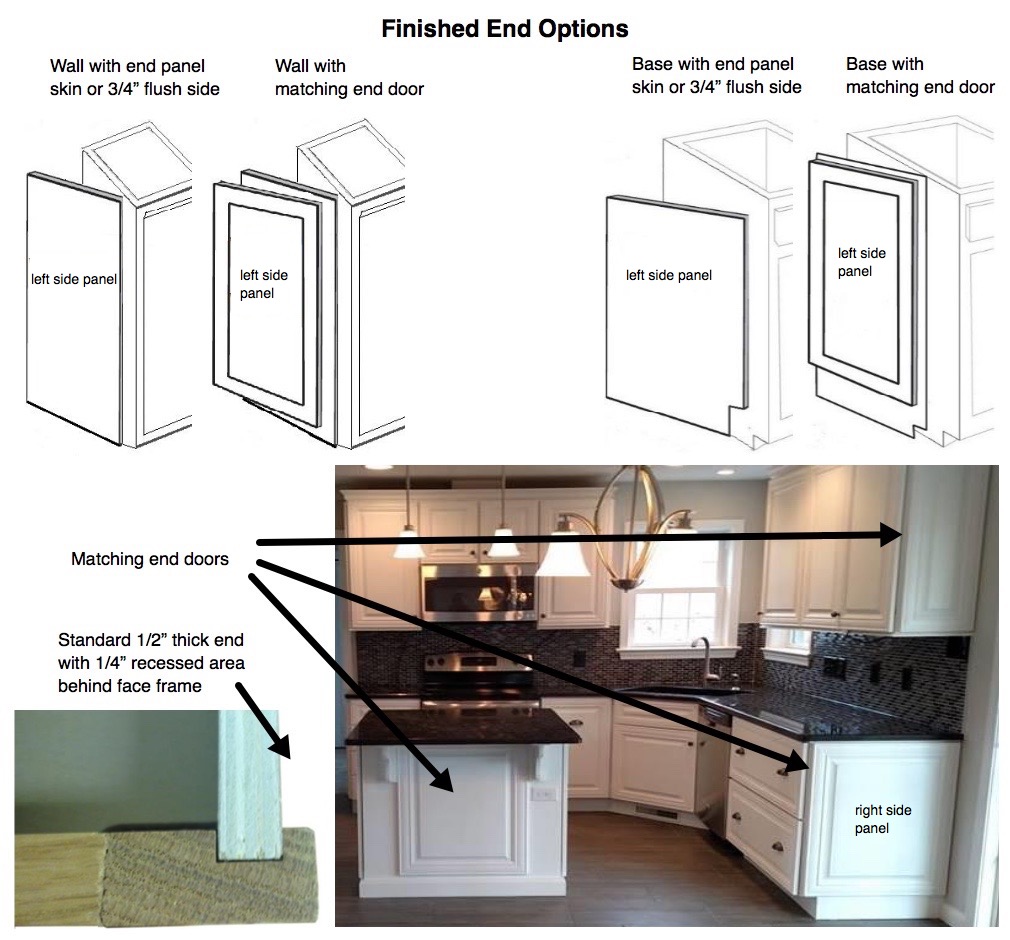
With the end panels in position, secure them to the cabinet sides using screws or nails. Place screws or nails approximately every 6-8 inches along the perimeter of the end panels, driving them through the panels and into the cabinet sides. Be sure to countersink the screws slightly below the surface of the end panels to allow for a seamless finish.
Once the end panels are securely attached, wipe away any excess glue with a damp cloth and allow the glue to dry completely. Depending on the type of wood and finish used for the end panels, you may choose to apply a coat of paint or stain to match the cabinets for a cohesive look.
Finally, inspect the installed end panels for any gaps or imperfections and make any necessary touch-ups or adjustments. Once satisfied with the result, step back and admire your newly installed end panels, which not only enhance the appearance of your kitchen cabinets but also add structural integrity to the overall design.
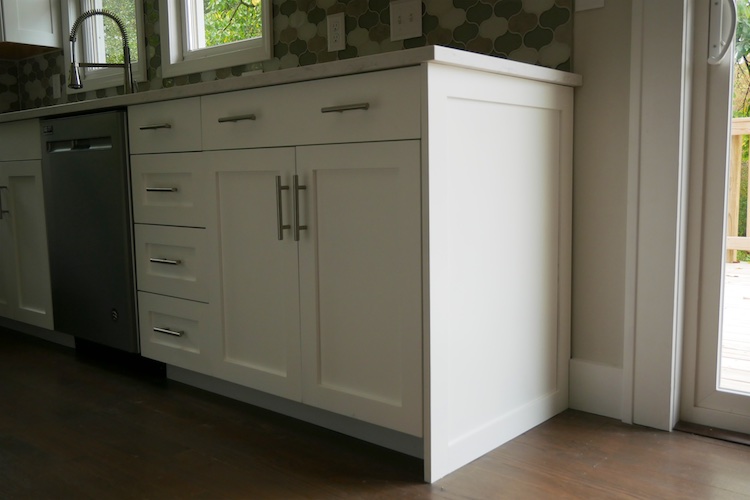
Common Mistakes to Avoid:
Incorrect Measurements: Failing to accurately measure the cabinet sides and end panels can result in ill-fitting end panels that detract from the overall aesthetic of the kitchen.
Poor Alignment: Neglecting to ensure the end panels are level and flush with the cabinet sides can lead to a visually unappealing installation.
Insufficient Fasteners: Using too few screws or nails to secure the end panels can result in instability and potential damage over time.
Improper Glue Application: Applying too much or too little wood glue can affect the strength and durability of the bond between the end panels and cabinet sides.
Skipping Finishing Touches: Neglecting to apply paint or stain to the end panels to match the cabinets can result in a disjointed and unfinished appearance.
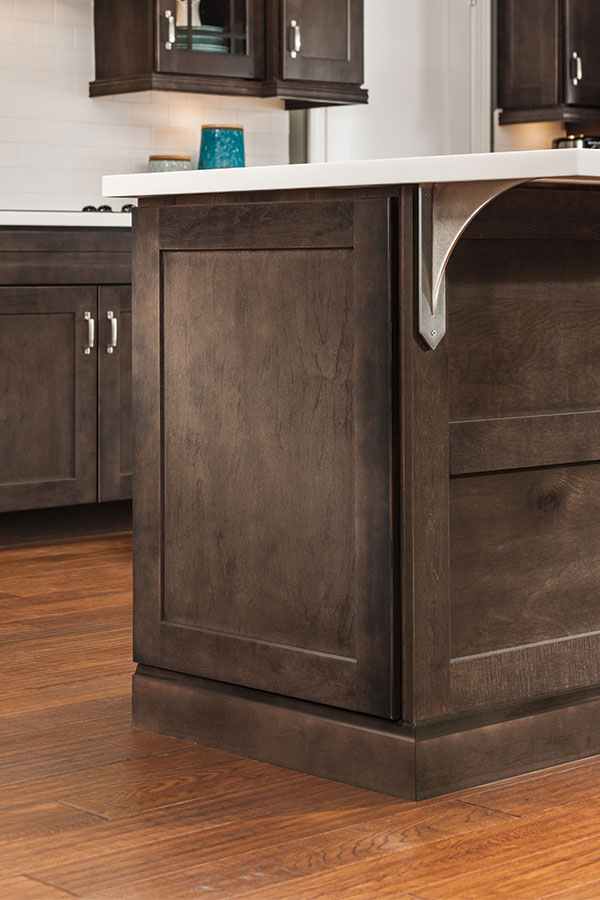
Can I install end panels on existing cabinets?
Yes, you can install end panels on existing cabinets by following the same steps outlined in this guide. Just be sure to measure carefully and choose end panels that match the dimensions and style of your existing cabinets.
Do I need to hire a professional to install end panels on my kitchen cabinets?
While hiring a professional is an option, installing end panels is a manageable DIY project for homeowners with basic carpentry skills and the right tools.
What materials are end panels typically made of?
End panels are often made of the same material as the cabinet doors and frames, such as wood or laminate, to ensure a cohesive look throughout the kitchen.
Can I customize the appearance of the end panels to match my kitchen decor?
Yes, end panels can be customized with paint, stain, or decorative finishes to complement your kitchen’s style and color scheme.
Are end panels necessary for all kitchen cabinets?
While end panels are not strictly necessary, they provide a finished look and added durability to kitchen cabinets, making them a popular choice for many homeowners.

Ideas For Kitchen Cabinet End Panels Kitchen design, Kitchen remodel, Kitchen renovation

How to Add Shelves Above Kitchen Cabinets The Family Handyman
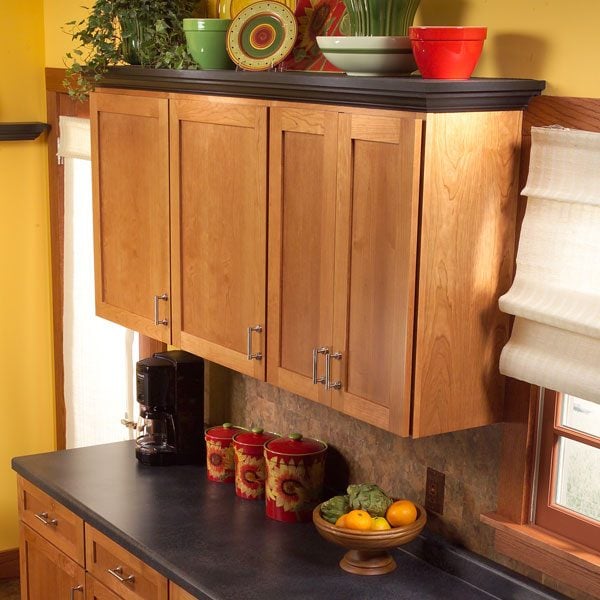
Kitchens Kitchen units decor, Kitchen end panels, Kitchen cabinets end panels

DIY Kitchen Cabinet End Panels – YouTube

Installing Cabinet End Panels in Solid Oak Kitchens – Solid Wood Kitchen Cabinets Information Guides
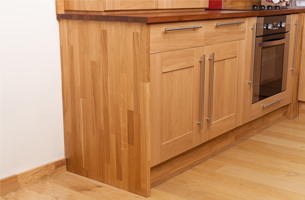
Cabinet End Panels Bruin Blog

Moving Cabinets Around & Removing Granite Counters Young House Love
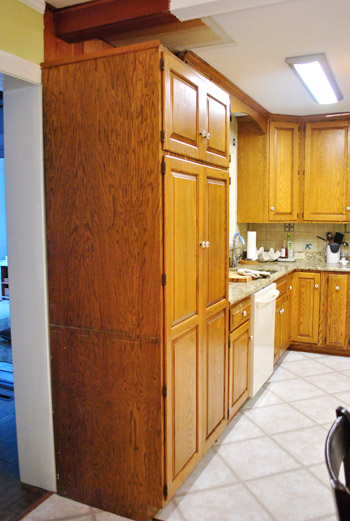
Electrical Outlet, paging contractors – The Hull Truth – Boating and Fishing Forum

Transform Your Kitchen Cabinets Without Paint (11 Ideas) Hometalk
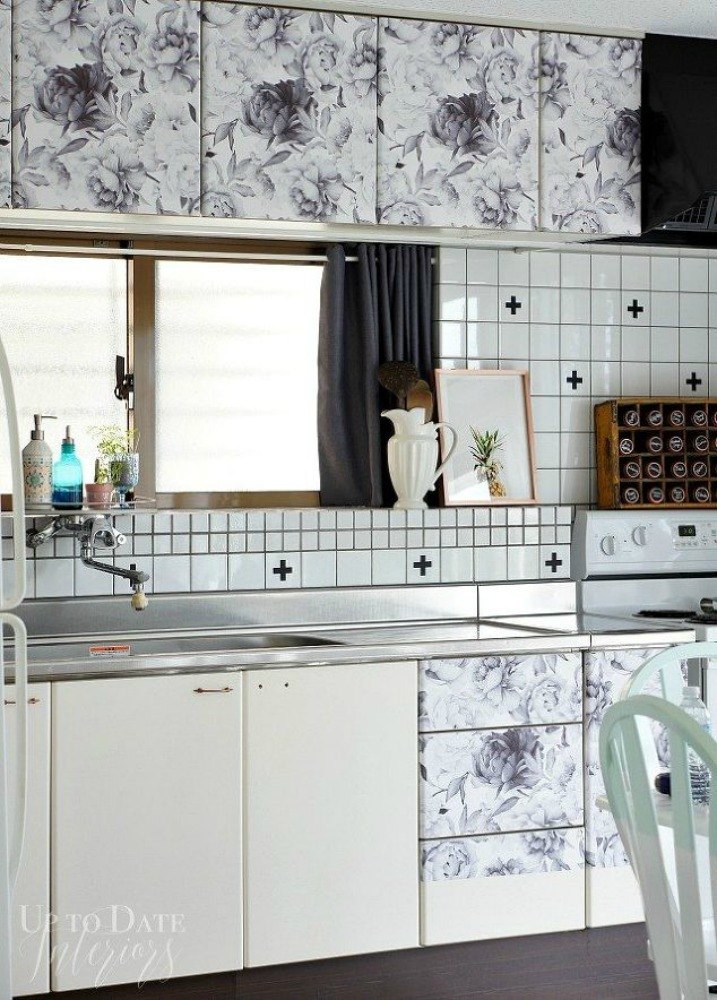
Related Posts:
- How To Redo Kitchen Cabinets Cheap
- Galley Kitchen Cabinet Design
- How To Stain Your Kitchen Cabinets
- Kitchen Cabinet Design For Apartment
- Green Color Kitchen Cabinets
- Dark Kitchen Cabinets Decorating Ideas
- Farmhouse Kitchen Cabinet Colors
- Standard Height Of Top Kitchen Cabinets
- Faux Kitchen Cabinets
- Stainless Steel Wall Cabinets Kitchen